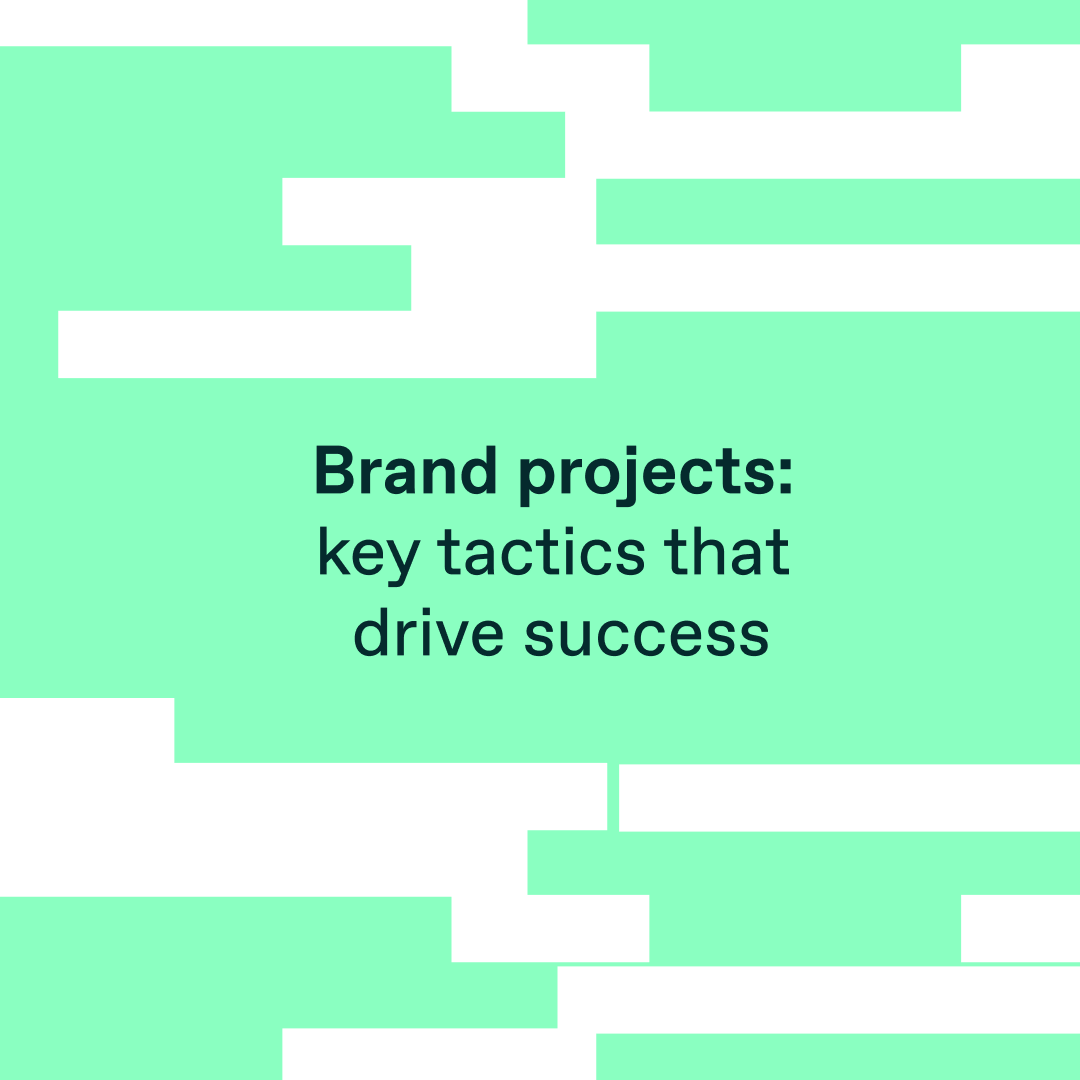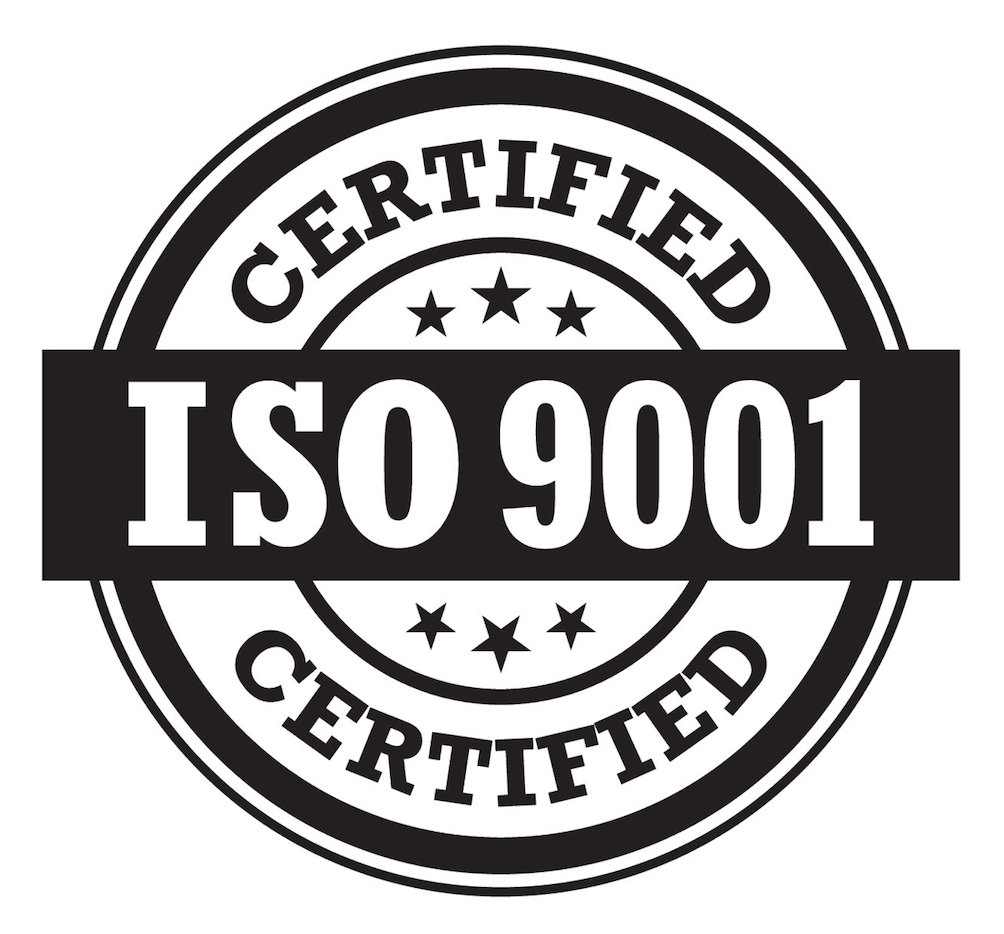Back to Blog
Brand projects: key tactics that drive success
Marta Plichta - 31 October 2023 - 5 min read

Q&A with Marta, Project Manager at Rhapsody
Marta, as a project manager you are responsible for the smooth-running of projects and you work closely with clients. Can you run us through a typical project?
In general, each project consists of four stages: pre-production, production, finalisation, and evaluation. In my opinion, the very first stage – pre-production – is the most important part because it will influence how we cooperate with the client and set the rhythm for what’s to come.
In other words, planning comes first. Tell us more.
The key is communication and teamwork. Together it is easier for us to find solutions and propose different options. As a creative agency, we guide our clients through the process in a way that ensures they will be happy with the outcome.
Clients sometimes don’t know what they want. And that’s okay: after all, that’s why many brands turn to marketing agencies London. We’ll put forward our own ideas. We might prepare a wireframe, or we might share some references/moodboards. This allows us to observe the client’s reaction and gather feedback. I often say that working in a creative agency requires empathy; the project manager and designers often have to put themselves in the client’s shoes to come up with the best ideas.

From a project manager’s standpoint, what are the three must-haves elements for a project to succeed?
Even though creative project management can be a complex process, some ingredients are common to all successful projects. For me, the top three are:
Communication When communicating with a client, it is good to be as straightforward as possible. It’s important for a project manager to ask questions, write summaries, and take clear notes so that everyone is on the same page. That being said, it’s not just about communication with clients: it’s also important to communicate well within the team. That starts with a great work culture: at Rhapsody, we all trust each other and know a lot about successful cooperation. Plus, it’s alway great to add some more practical measures to the mix. For example, I think an internal communication channel is a must for any project: that way the team has a safe space to share ideas, feedback, or any doubts or concerns. It helps projects run smoothly and allows us to achieve the goals in question as a team.
Good planning To start, it is important to set goals, determine priorities and also check what resources are or aren’t available. Based on this information, a project manager can then prepare the plan, timeline, and cost estimates. I also always bear in mind that changes may occur at any moment so I try to remain flexible.
Having a brief A good brief makes all the difference. The briefing stage helps the team to understand the client’s needs. What is the project about? What needs to be done? What do we as a creative agency need from the client before we get started? Having this information allows us to move forward in the right direction.
Let’s zero in on the briefing stage you just mentioned. Can you expand a little?
Each project is different. Sometimes clients supply us with their own brief; sometimes we provide them with a pre-prepared brief template. Either way, we’ll organise at least one meeting with the client so that we can go through the brief together.
What’s the secret to writing a good brief?
For me, the most important elements of the brief are:
- A description of the project and its goal – We ask the client to describe the project in their own words. What do they expect from us? What is the goal and the purpose? Who is the target of the project?
- References – It is always great when the client provides references or inspiration. It helps us to understand what the client likes or doesn’t like. That then helps us with research and brainstorming.
- Content – If the client already has assets that we can use for the project, it is good if we receive them as soon as possible. It will help us to estimate time and costs properly. Sometimes clients don’t have any content yet. That’s no reason to panic: we will simply establish what they are planning to provide, and how much we need to factor into the production stage.
- Specifications and technical details – As a project manager, I will need different types of details depending on whether the project is a website, a video or a campaign. Think dimensions, brand guidelines, or information regarding the platforms or tools where the project will be shared or used, etc.
- Deadlines, budget, and communication – The client should always set a deadline, outline the budget, and provide a point of contact for their team. We also set up a communication platform so that we can easily move forward with the work.
To sum up, a client can never share too much information: the more information we have, the better.
Would you like to know more about our projects? Please don’t hesitate to contact us.
You might also like...
Get the email newsletter and unlock access to members-only content and events.
The Frames, 201–202, 2nd Floor,
1 Phipp Street, London, EC2A 4PS, UK

Talk to us
Button TextCopyright ©2024 Rhapsody Ltd. All rights reserved.

The Frames, 201–202, 2nd Floor,
1 Phipp Street, London, EC2A 4PS, UK

Copyright ©2024 Rhapsody Ltd. All rights reserved.
